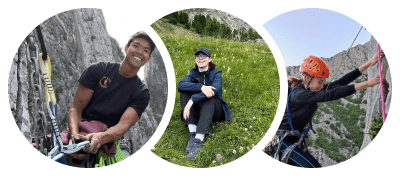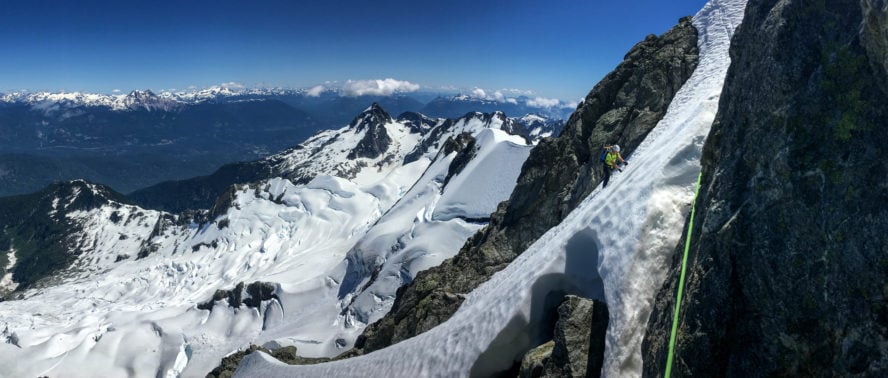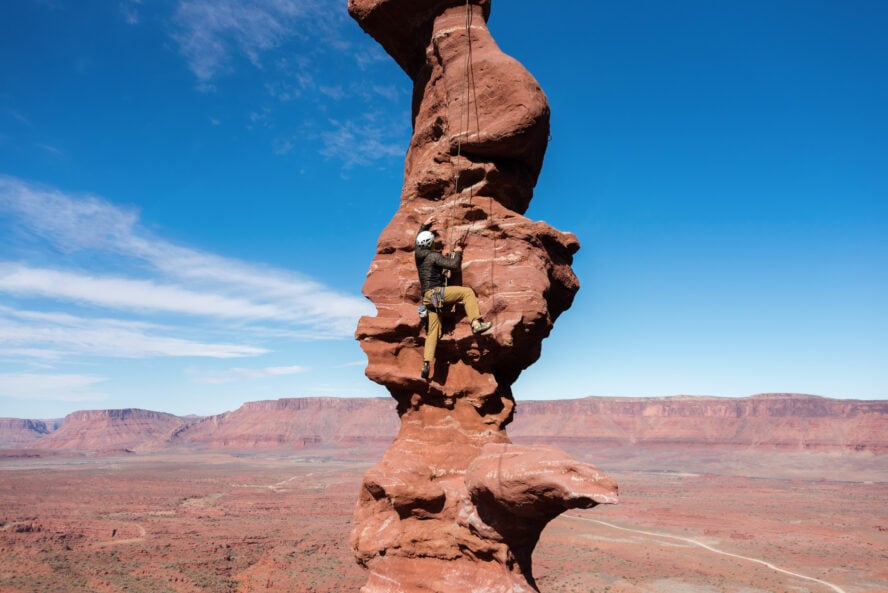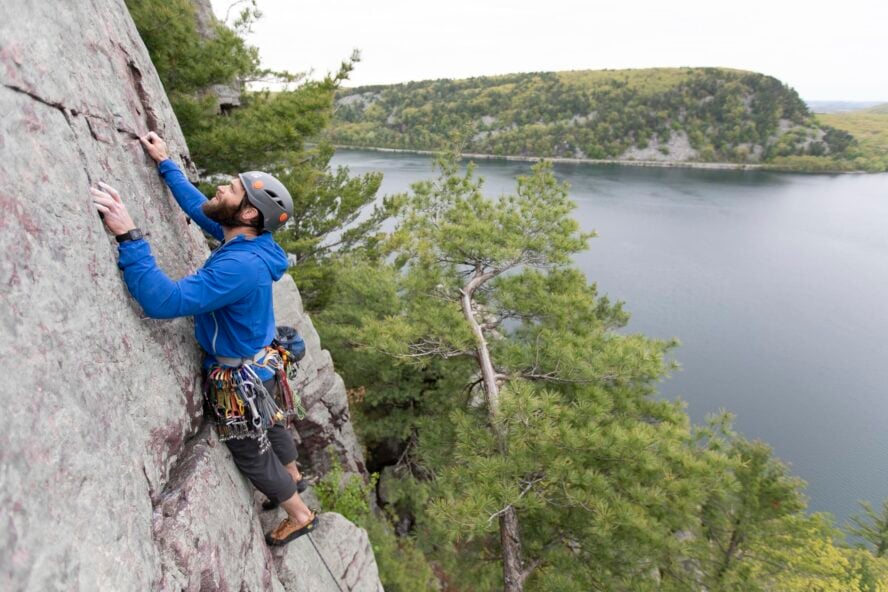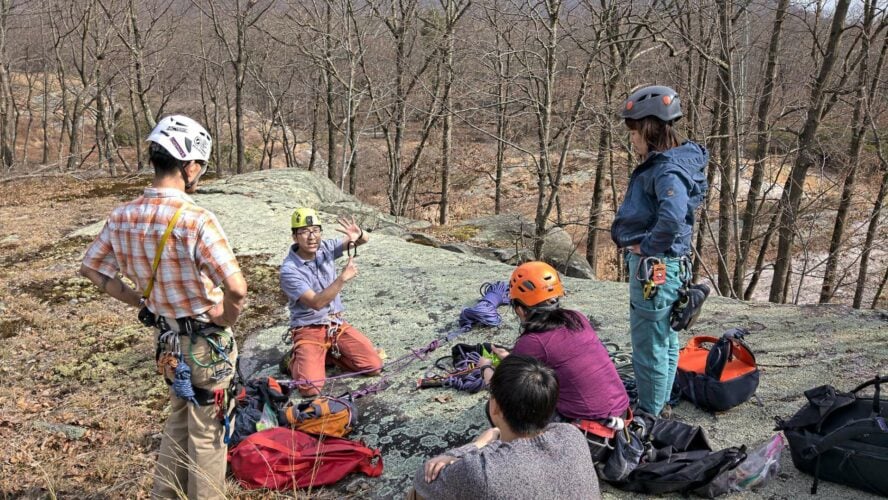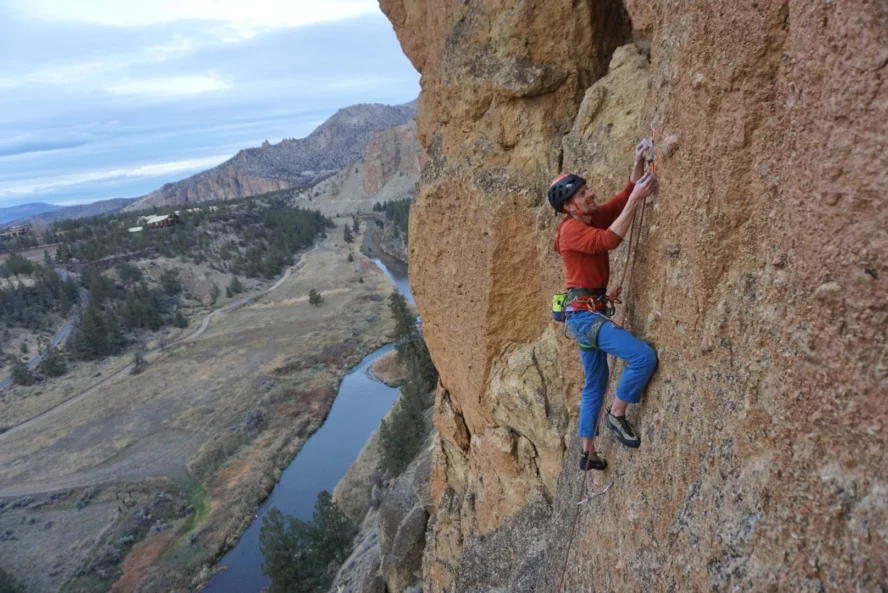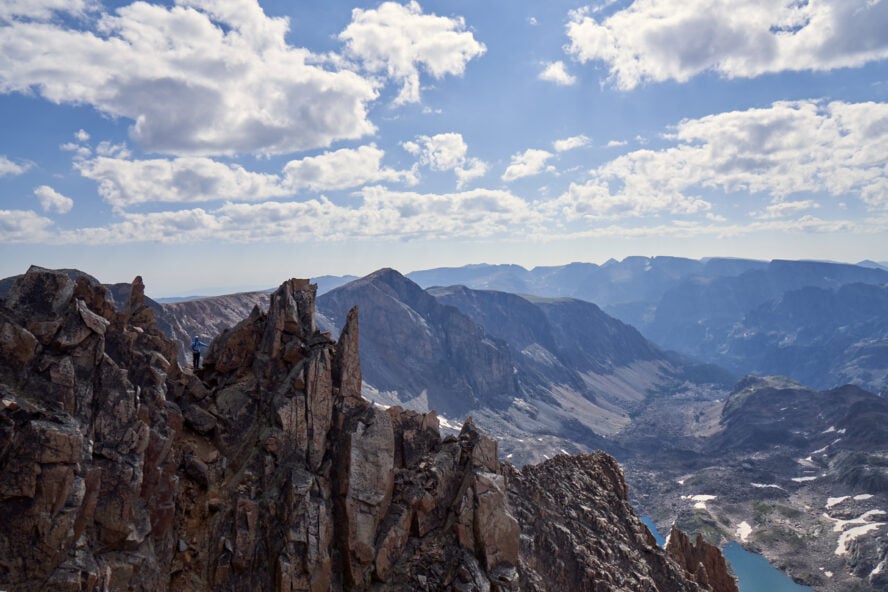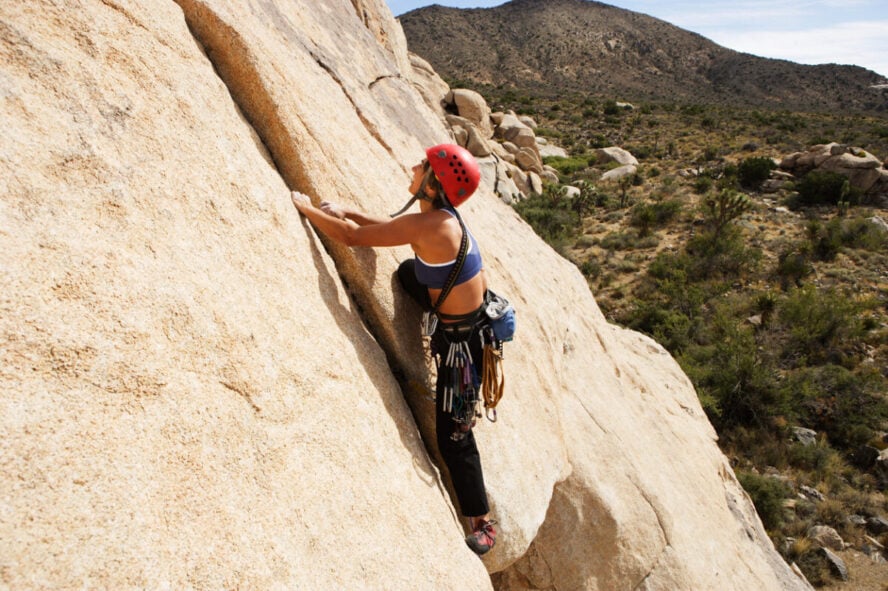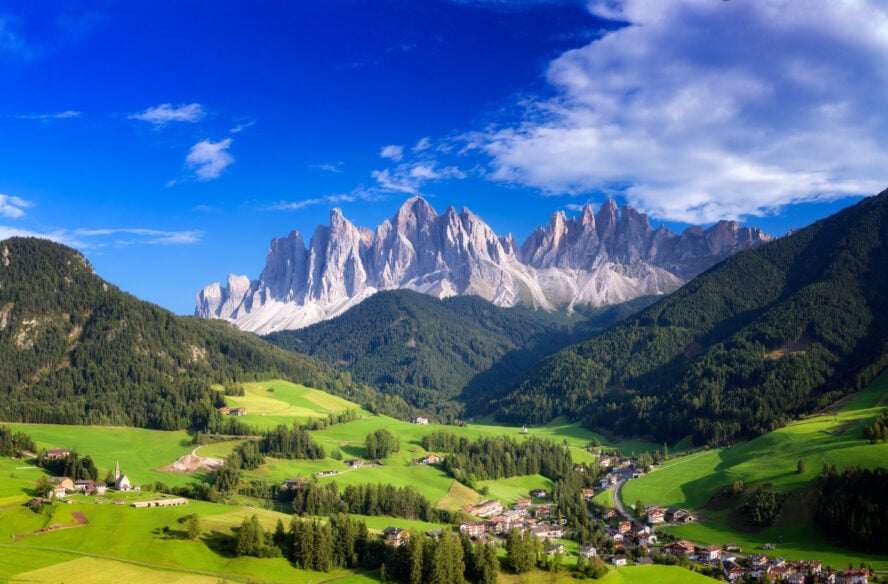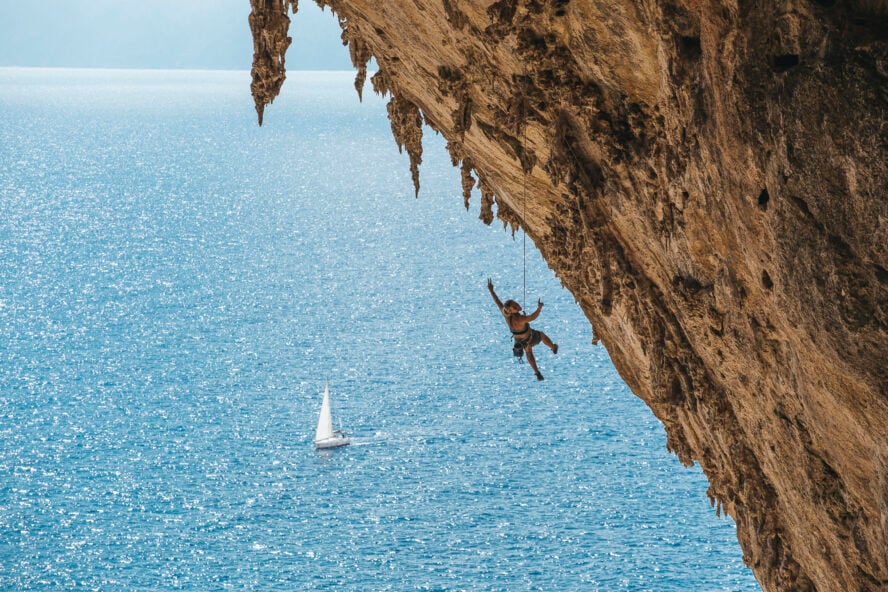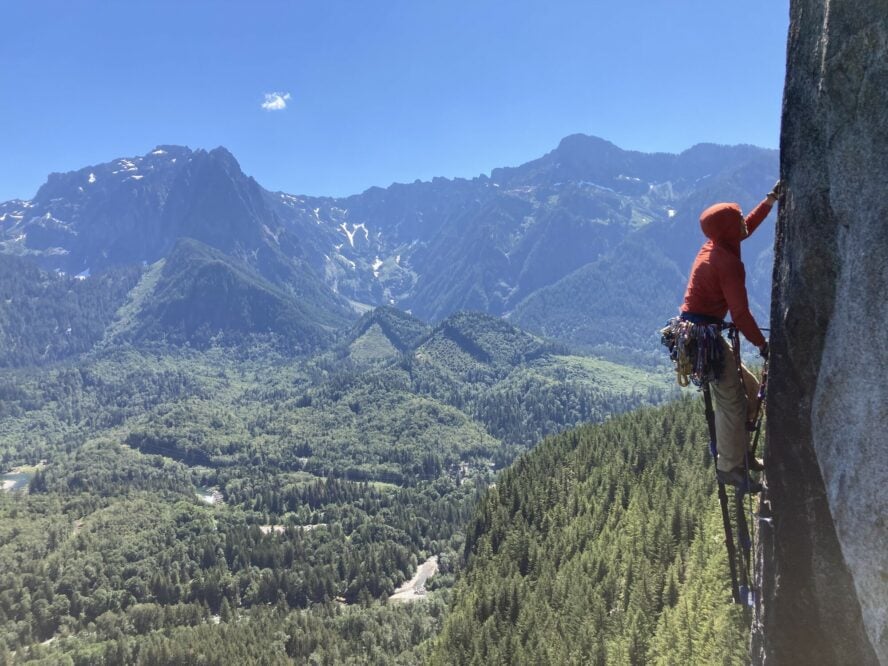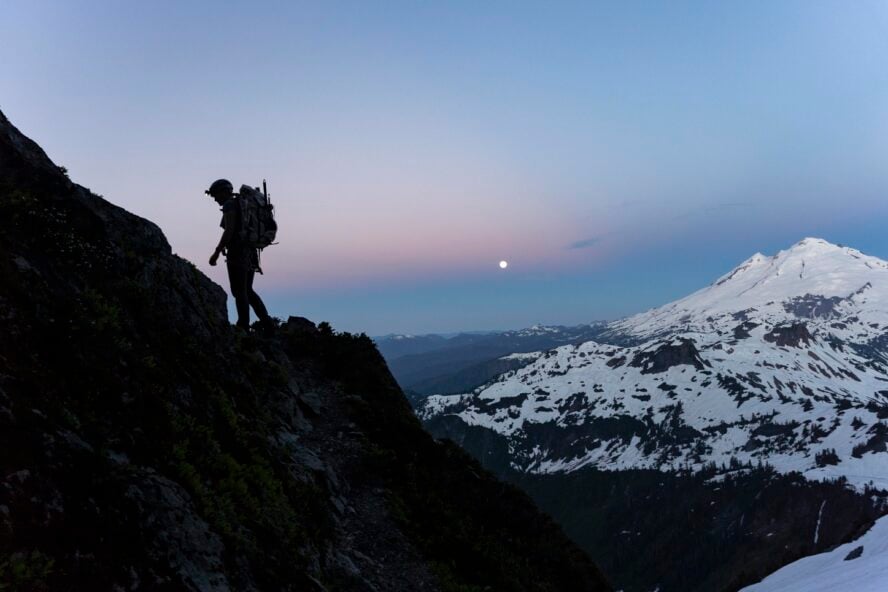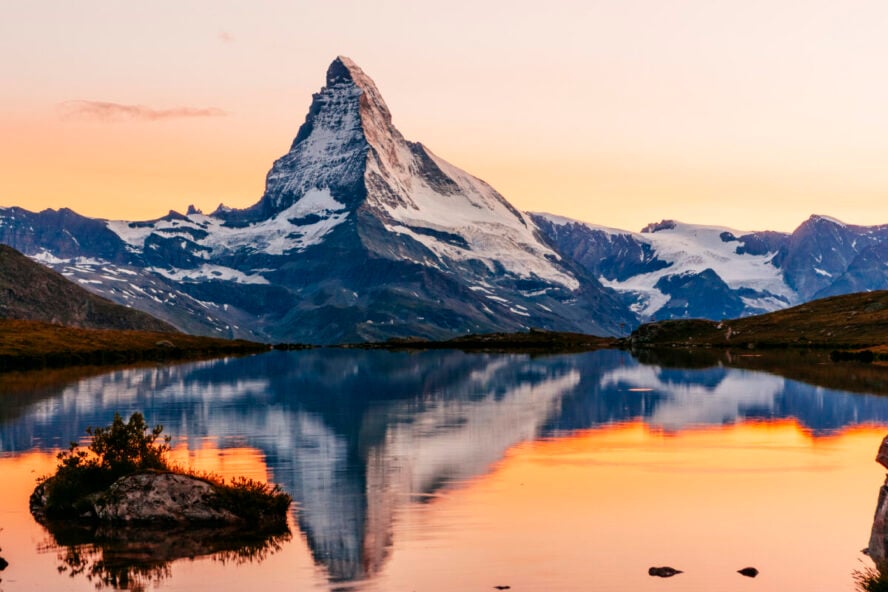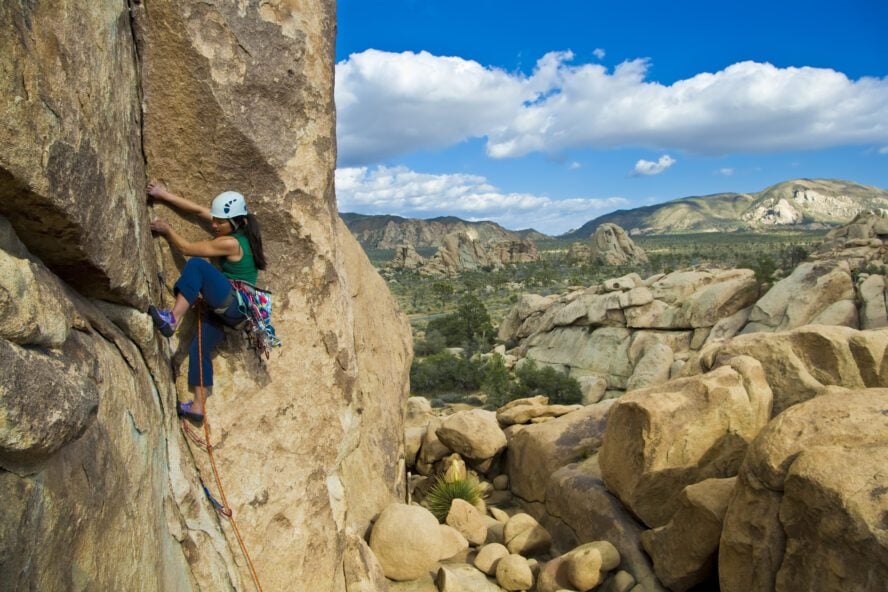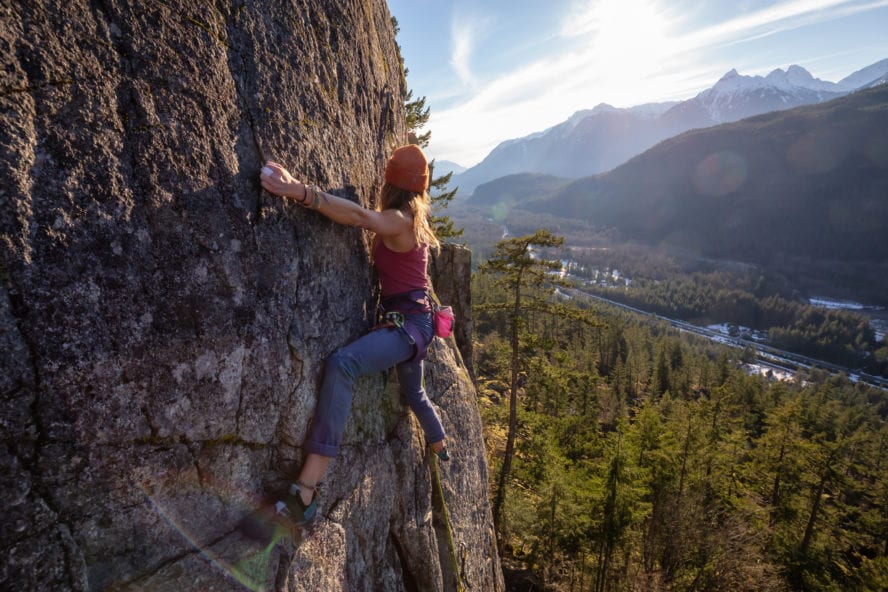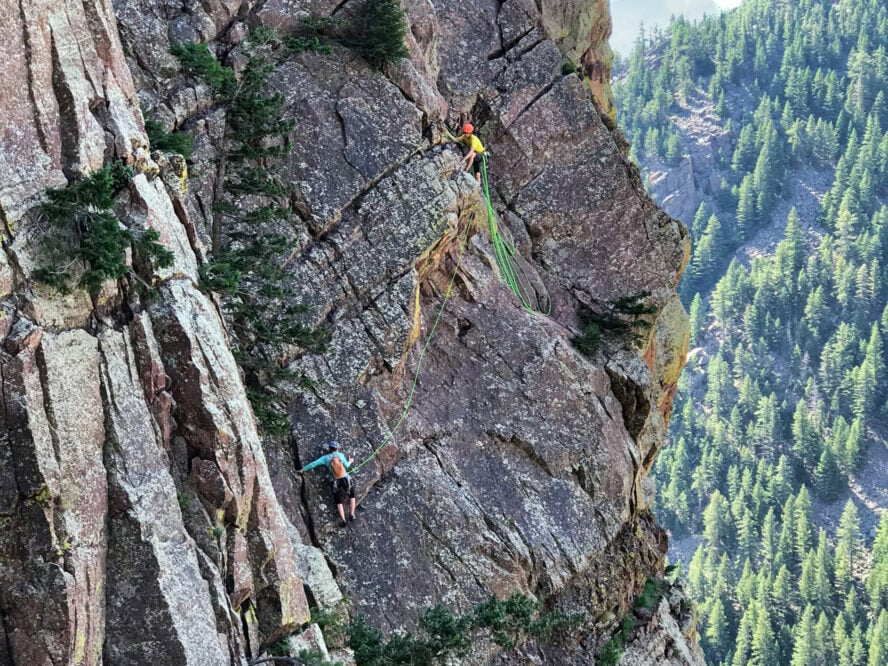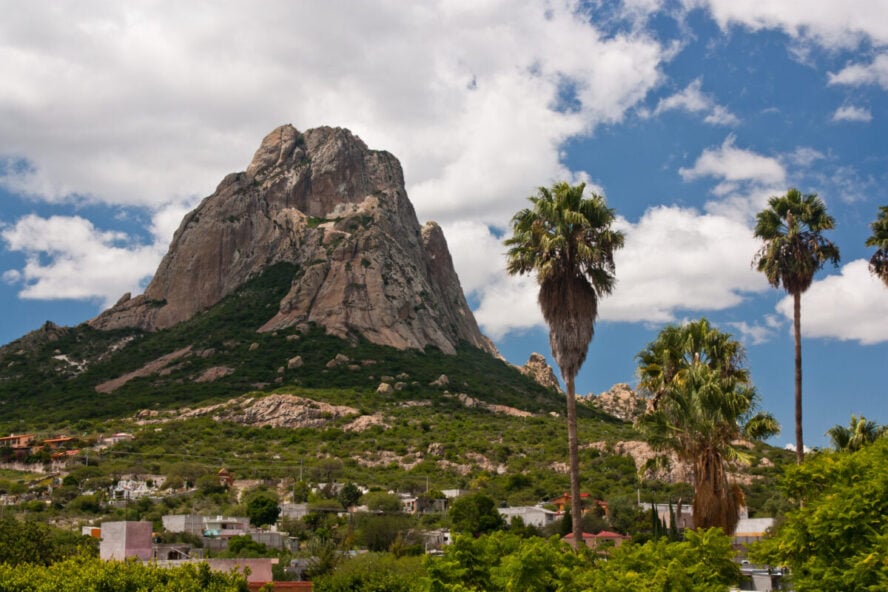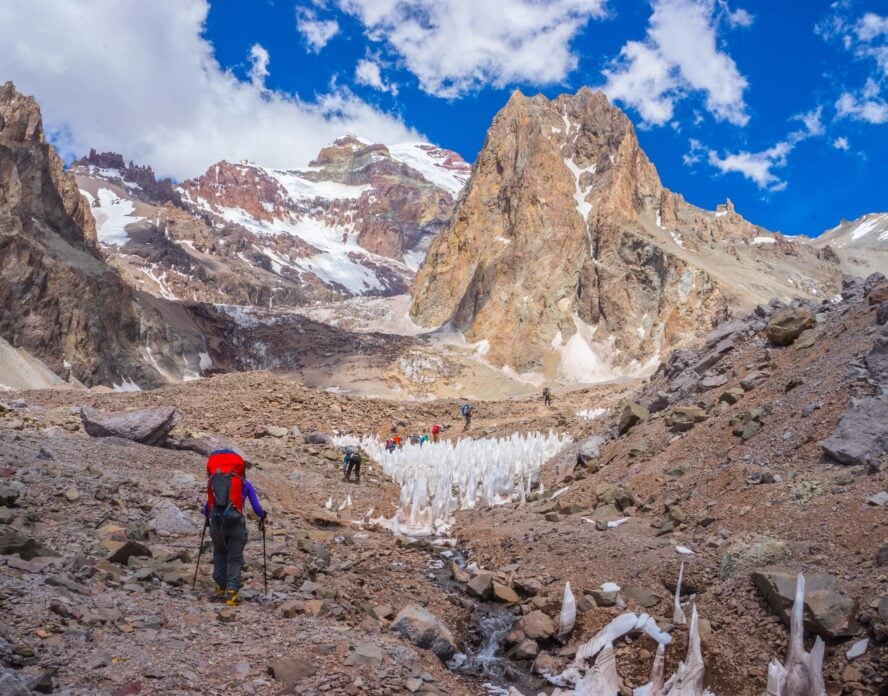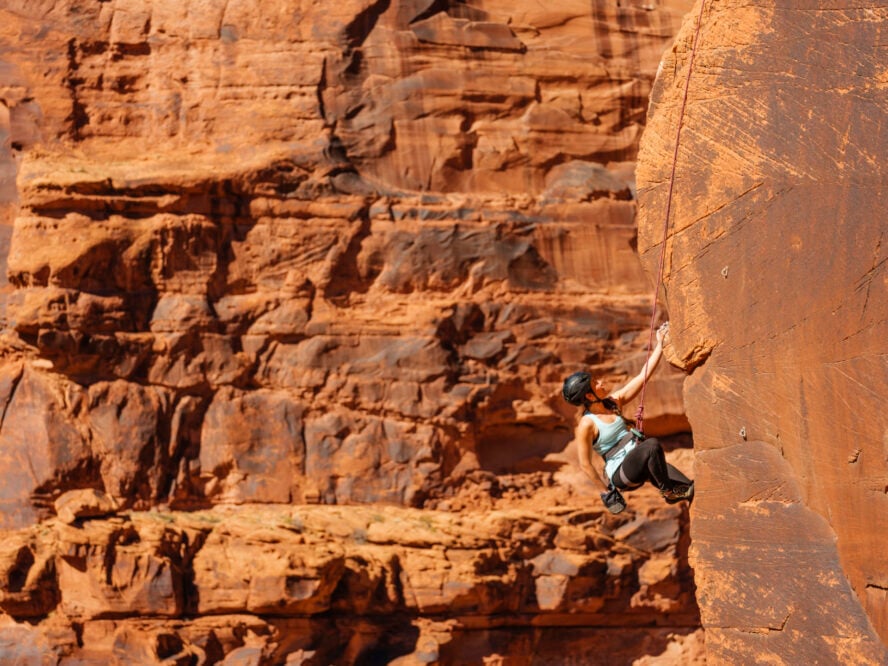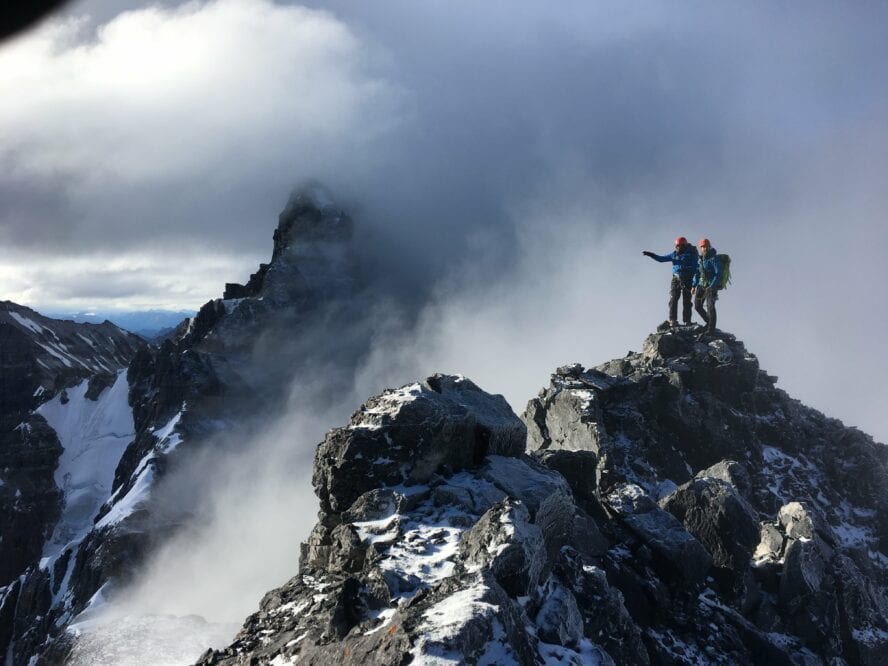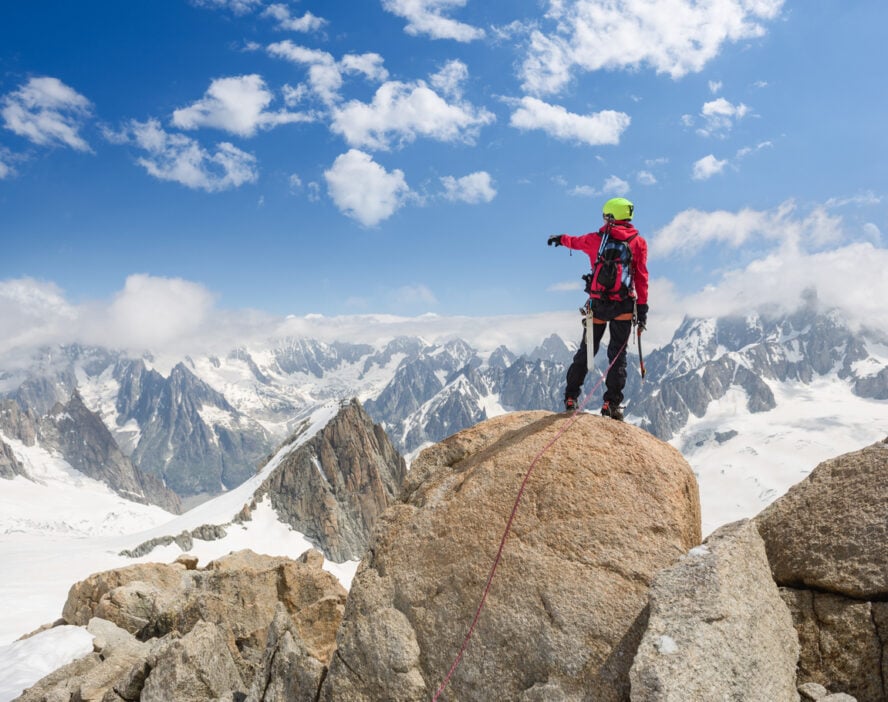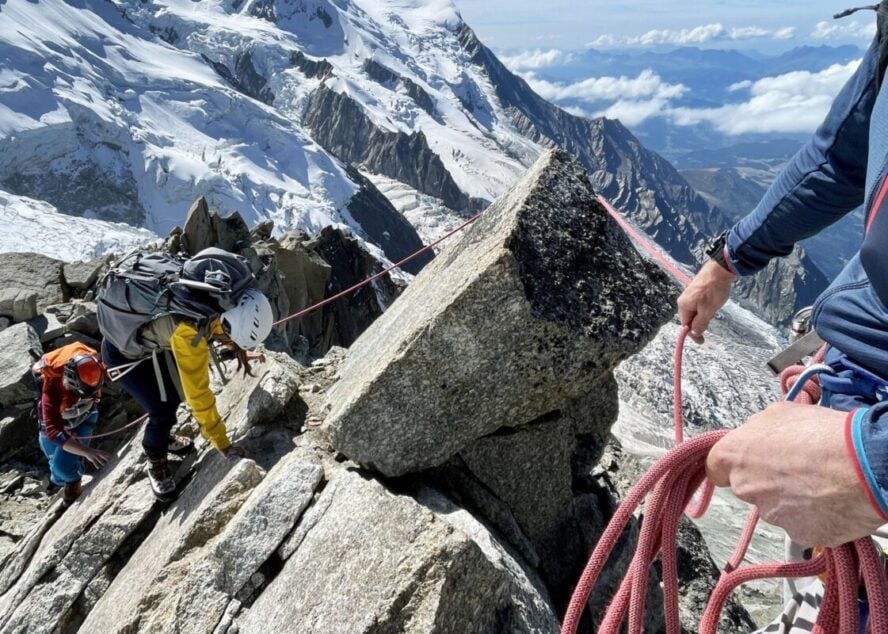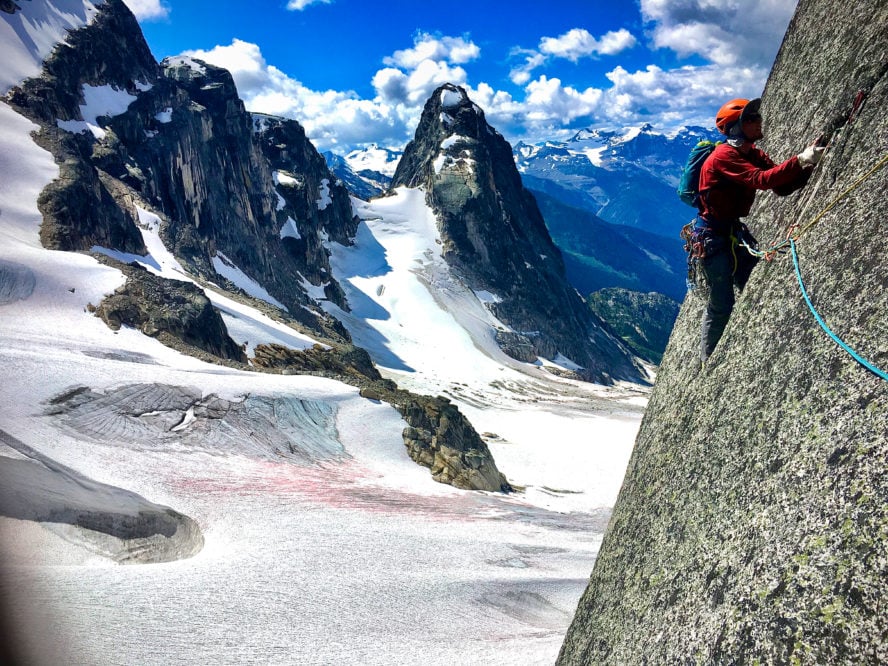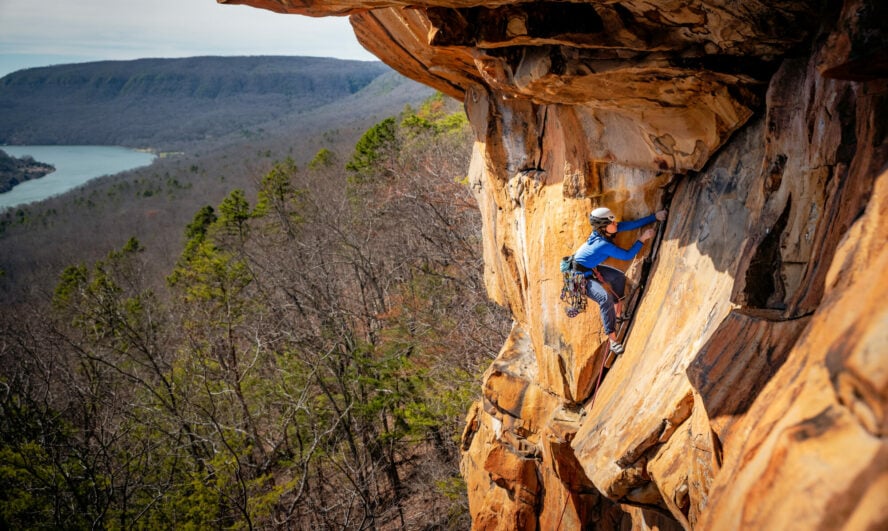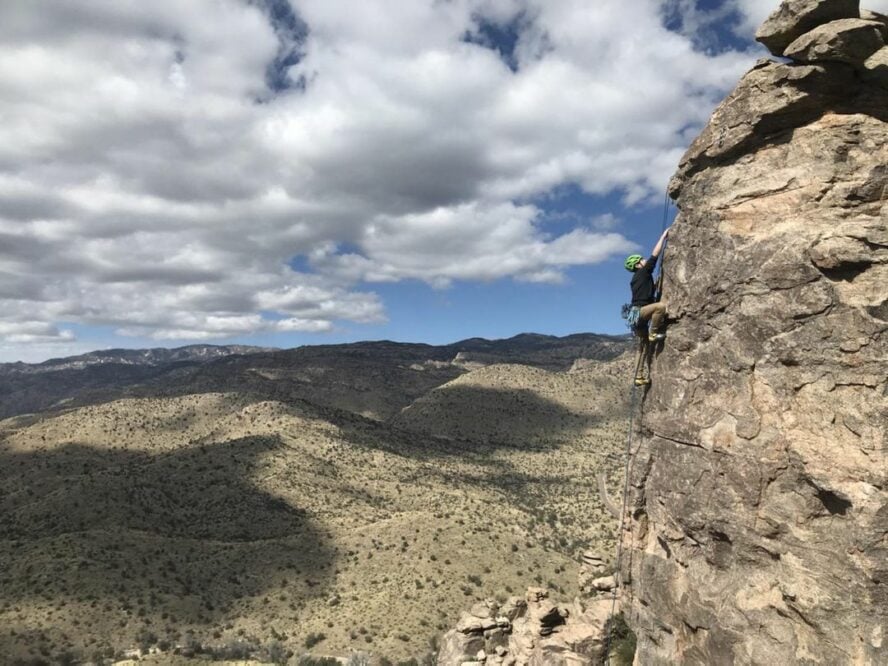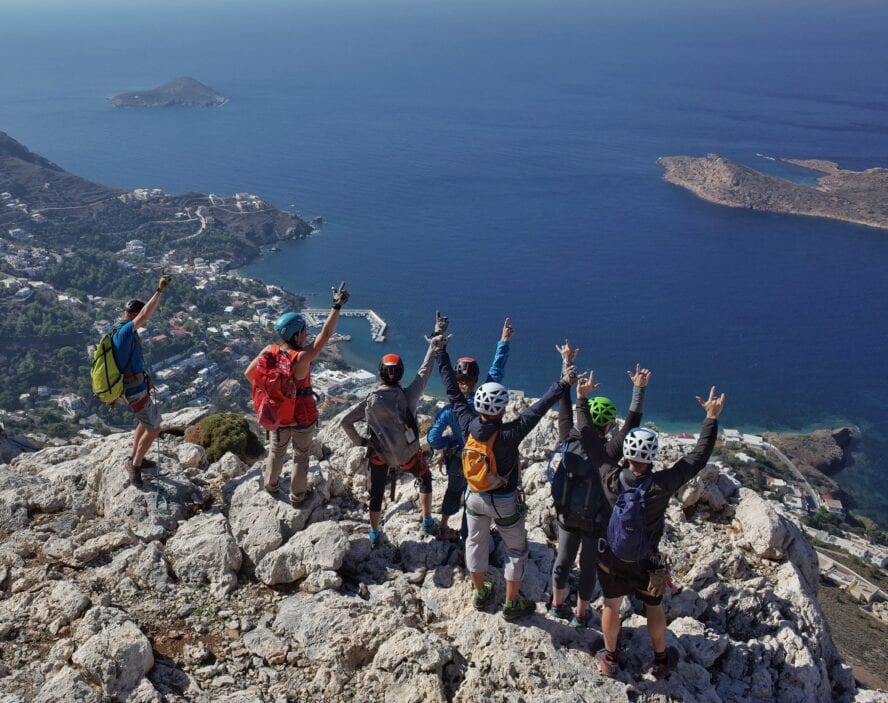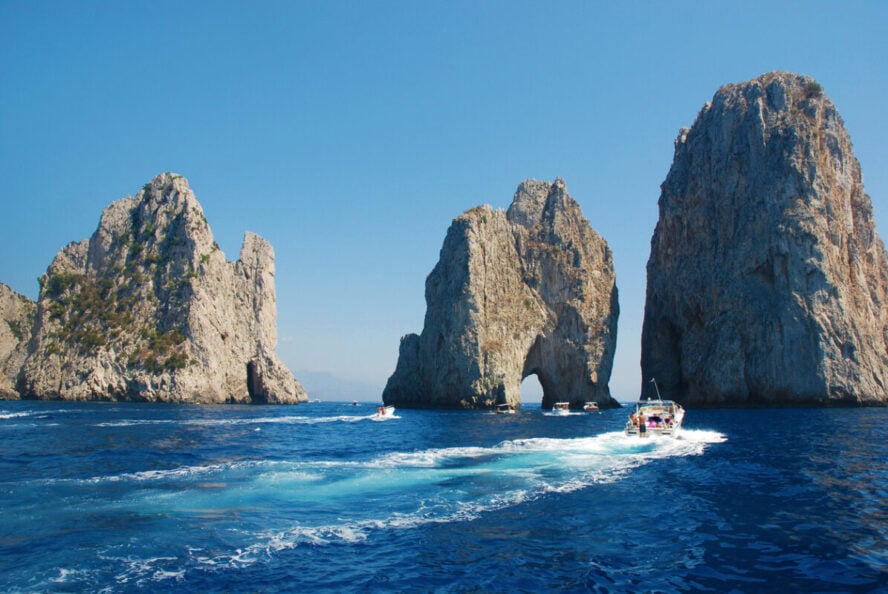Rock Climbing
Nino is an epic guide. Clearly incredibly experienced and with the capability to adapt to your needs. Gave me tons and tons of confidence, taught me new skills and most of all felt very safe in his hands. Also just generally a nice guy, super easy to get along with. 10/10 could not rate Nino higher as a guide. The best man for the job in my eyes.
Lorenzo, Patrick and Francesco took this experience over the top for me. I was the least experienced climber in the group (having never climbed outdoors prior to this) and my experience was a full as those of my fellow travelers. I also was really impressed with how F and P set a gracious and respectful tone among what was essentially a group of strangers. I was the oldest person on the boat by a couple years and the youngest is 40 years younger than I am so there was quite a spread. It was an absolutely unique, challenging, and inspiring time. Seriously considering Kalymnos fall 2025!!
I would totally recommend the Vertical Sailing Tour experience to any climbers, from the most passionate and advanced to the beginners and the ones that are curious to discover this amazing sport in the best way possible, on a sailing boat ! The team is very professional but above all fun, the best mix to have an incredible climbing experience in the best corners of Europe !
This Vertical Sailing Tour is the best thing since sliced bread and cheese ! A true dream come true!! Well thought out, organized and truly Awesome. From start to finish, professional, easy to work with, Tony and Lorenzo went out of their way to accommodate my needs.
And seriously what better group of people could you want to hangout with?
Great Time, Great People, Great Tour! Lifetime friends are just waiting to meet you on this adventure!
